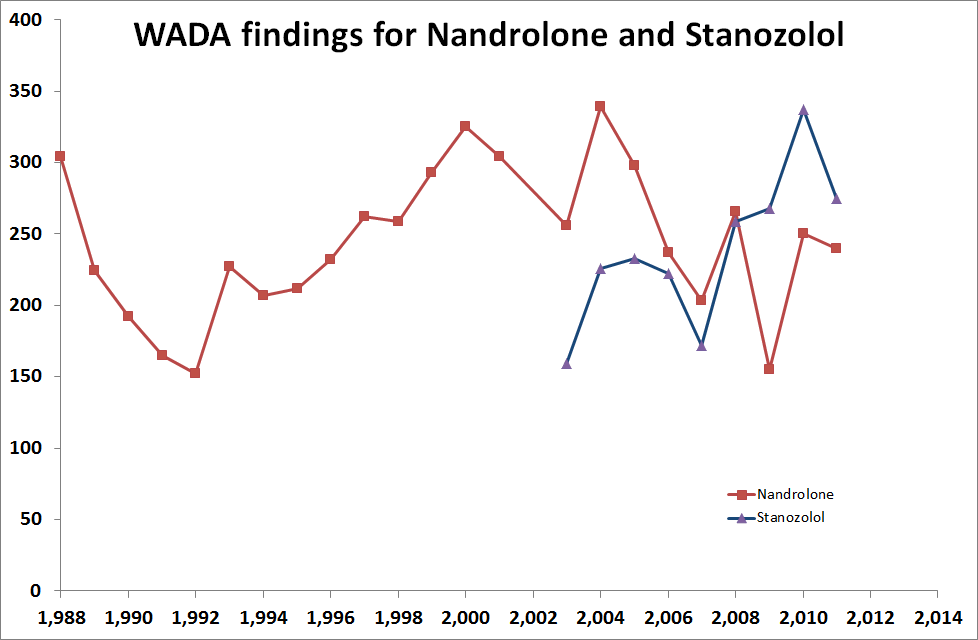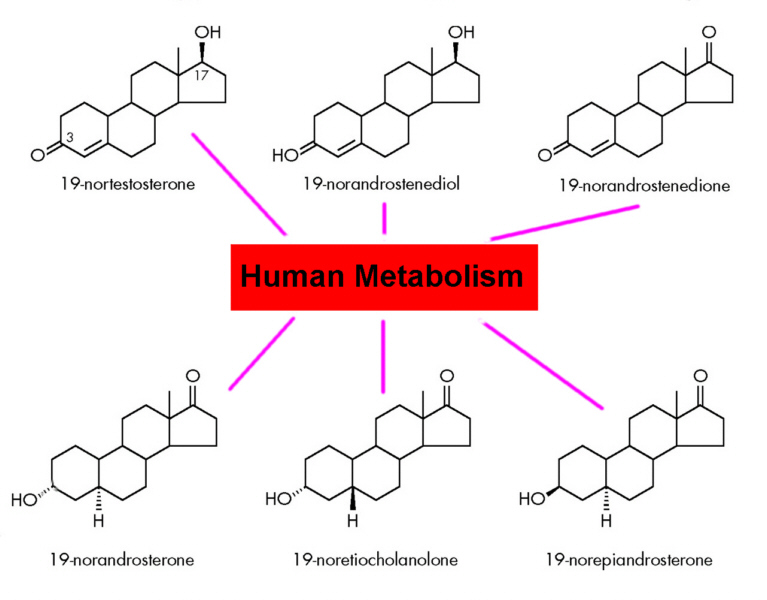

I therefore decided to inject him with a milligram of sulphate of strychnine and to make him drink a large glass brimming with brandy. He set off again as best he could [but] he needed another injection four miles from the end to give him a semblance of speed and to get him to the finish.The use of strychnine, far from being banned, was thought necessary to survive demanding races, says the sports historian Alain Lunzenfichter. The historian of sports doping, Dr Jean-Pierre de Mondenard, said:
It has to be appreciated that at the time the menace of doping for the health of athletes or of the purity of competition had yet to enter the morals because, after this marathon, the official race report said: The marathon has shown from a medical point of view how drugs can be very useful to athletes in long-distance races.Hicks was, in the phrase of the time, "between life and death" but recovered, collected his gold medal a few days later, and lived for almost 60 more years, although he never again took part in athletics.
|
4-[1-Hydroxy-2-(methylamino)propyl]phenol or oxilofrine |
"Although initially uncertain as to how oxilofrine entered her body, Ms. Oliveira now believes that her positive test was the result of her consumption of a dietary supplement in capsule form known as Hyperdrive 3.0+. Ms. Oliveira asserts that, before she began taking any of the Hyperdrive 3.0+ capsules, she researched the ingredients listed on the product's label by examining the Prohibited List and consulting the USA Cycling and USADA websites, and determined that none of the listed ingredients were prohibited. Assuming the supplement was safe to ingest, she began taking it in early 2009 and continued to take it, approximately on a daily basis, up to and including June 19, 2009, the day she provided the urine sample that tested positive for oxilofrine. According to the product's current list of ingredients, Hyperdrive 3.0+ contains "methylsynephrine", a substance that does not appear on the Prohibited List, but one which the parties agree has the same chemical formula and structure as oxilofrine."She was suspended for two years, since the arbitrator found that Oliveira was sufficiently at fault to warrant the full penalty. This was later reduced to 18 months. More details of the Arbitration Proceeding are available on-line.



|
||
| stanozolol and nandrolone | ||
Nandrolone and other 19-norsteroid potent anabolic steroids have been prohibited in sports for 30 years. The detection of the main urinary metabolite (19-norandrosterone) in amounts greater than 2 ng/ml constitutes an adverse analytical finding. The presence in nutritional sport supplements of steroids not listed on the label has undoubtedly resulted in positive tests, but inadvertent consumption of meat containing residues of hormonal treatment should not realistically cause apprehension. Although highly improbable, athletes should prudently avoid meals composed of pig offal in the hours preceding the test since the consumption of edible parts of a non-castrated pig, containing 19-nortestosterone, has been shown to results in the excretion of 19-norandrosterone in the following hours.


This work is licensed under a Creative Commons
Attribution-ShareAlike 3.0 Unported License.
 Return to Chemistry,
UWI-Mona, Home Page
Created and maintained by Prof. Robert J.
Lancashire,
Return to Chemistry,
UWI-Mona, Home Page
Created and maintained by Prof. Robert J.
Lancashire,